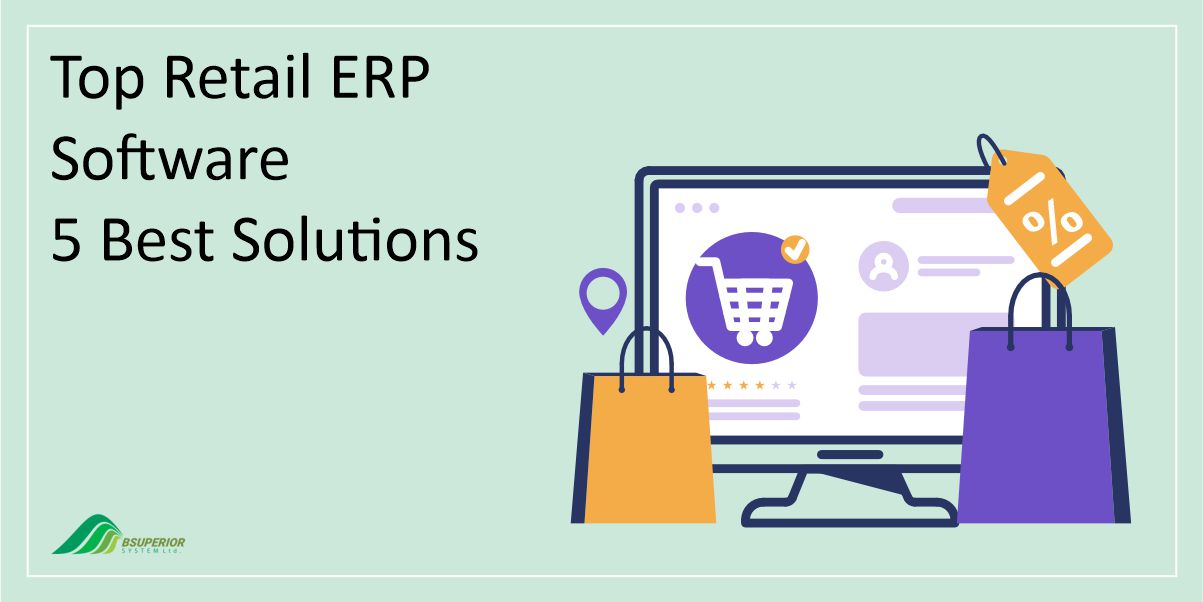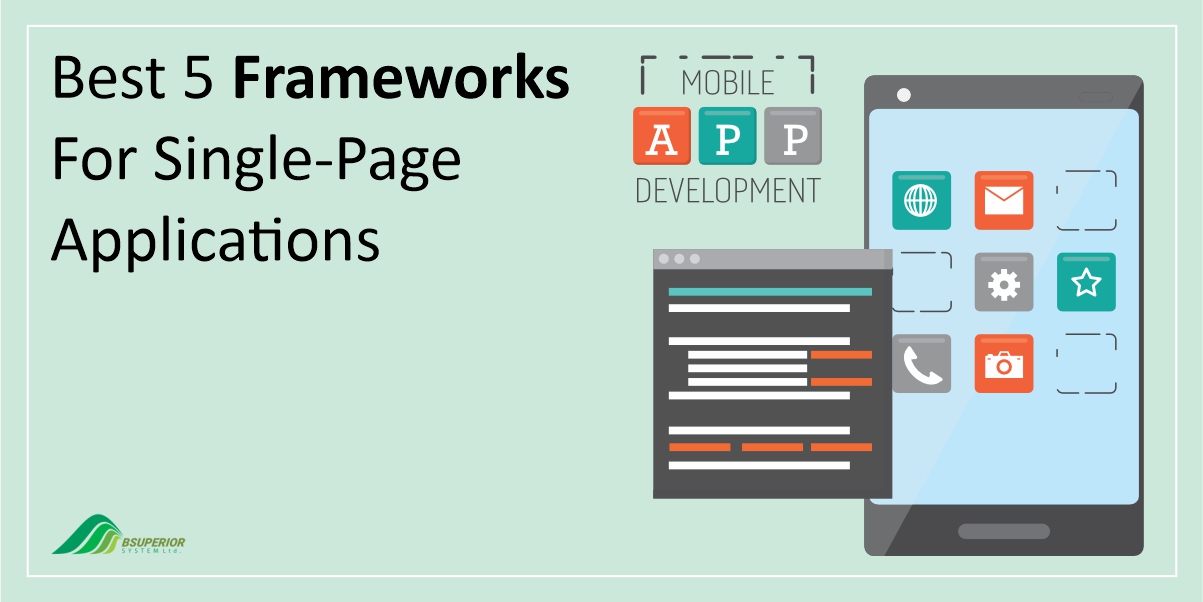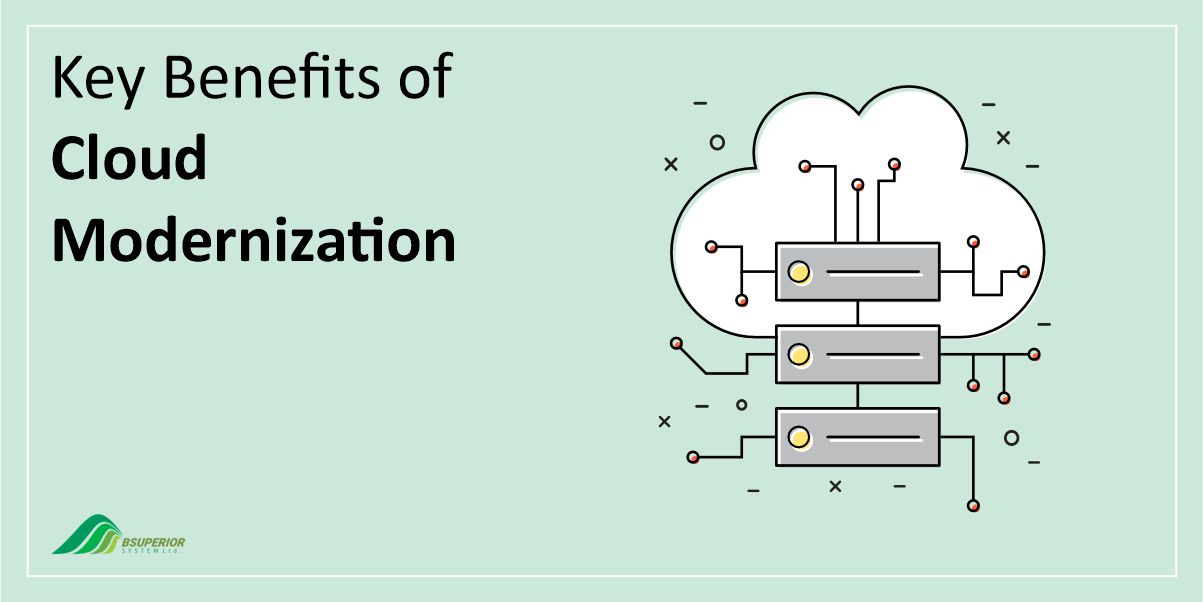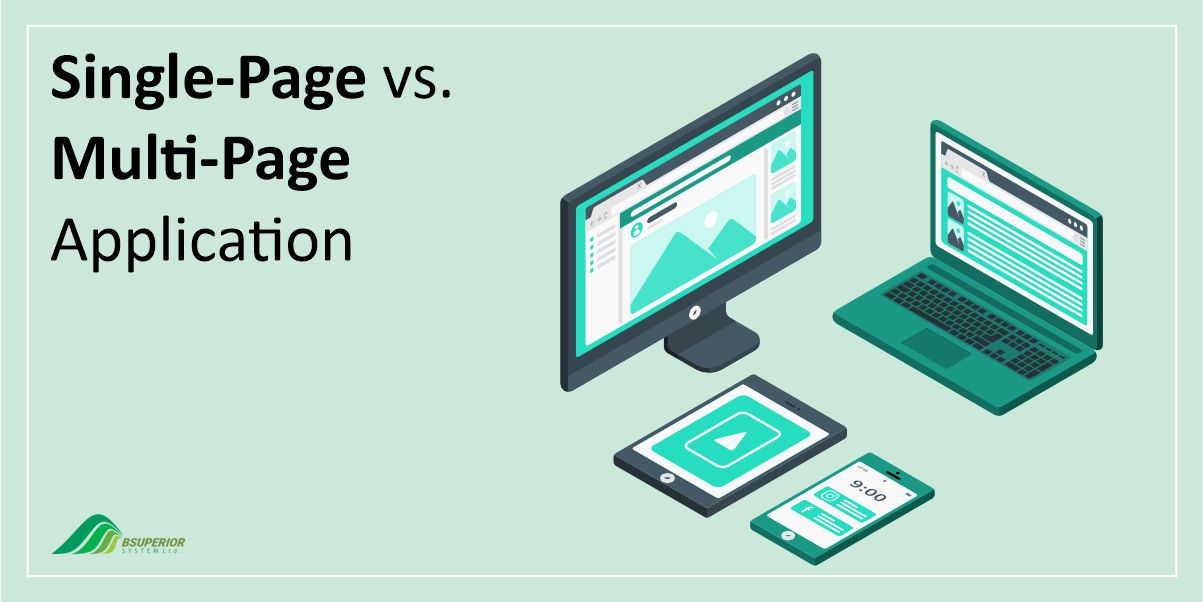Internet of Things (IoT) in Supply Chain: Benefits and Challenges
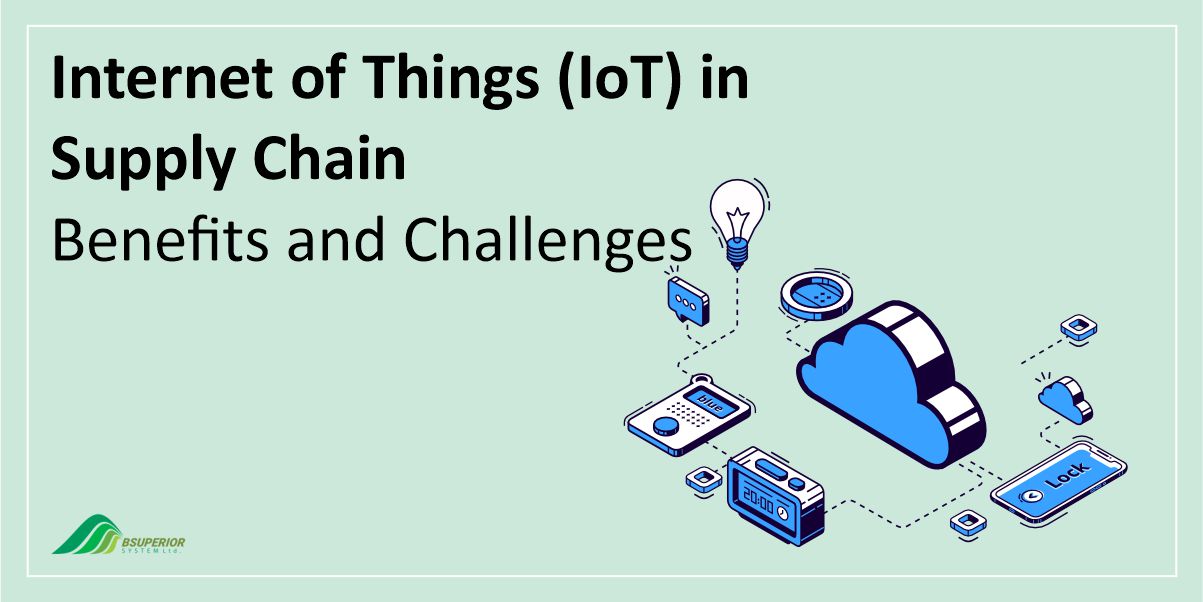
Table Of Content
- The Internet of Things: A Network of Connected Devices
- The IoT in Supply Chain Management
- The Main Components of IoT
- Real-World IoT Applications in Supply Chain
- Benefits of IoT in Supply Chain Management
- Challenges of IoT Implementation
- Best Practices of IoT Implementation
- The Future of IoT in Supply Chain Management
- Final Words
Among these advancements, the Internet of Things (IoT) is having a transformative impact on supply chain management.
In what follows, we will discuss the IoT and explore how it can improve all aspects of the complex supply chain process.
The Internet of Things: A Network of Connected Devices
The IoT refers to a network of interconnected devices equipped with sensors and software. These devices can exchange data with each other and with cloud-based systems. This network can include anything from industrial machinery to everyday consumer objects.
Many organizations across various industries are adopting IoT technology to achieve several goals. These include increased operational efficiency, improved customer service, and overall growth in business value.
A key feature of IoT is its ability to transfer data automatically over networks which eliminates the need for constant human intervention.
The things in IoT can be very diverse. They can be living things with implanted devices (like a heart monitor), animals with tracking chips, or even machines with built-in sensors (like car tire pressure monitors).
As long as an object can be assigned a unique internet address and transmit data over a network, it can be part of the IoT.
Read More: To 10 Advantages of Custom Software Development
The IoT in Supply Chain Management
Advancements in technology, such as mobile devices that can now connect and control other devices, have led to the development of the IoT. IoT creates a network of physical devices that collect and share real-time data over the internet.
With the growing global population and the vast amount of data generated by IoT, new applications are being developed to manage this information effectively. These include combining IoT with big data analytics and security solutions that impact various aspects of our lives.
One area where IoT is making a significant impact is supply chain management. You might have heard about deliveries using self-driving cars or drones. These are just some examples of how IoT is transforming this sector.
By connecting various sensors and devices, IoT creates an automated network that gathers live data throughout the supply chain. This allows businesses to track goods in real time and monitor their condition.
Furthermore, IoT-enabled smart contracts and blockchain technology can automate payments within the supply chain.
While implementing an IoT infrastructure requires investment in hardware and software, the resulting benefits outweigh the initial costs. These benefits include cost savings and various optimizations that we will discuss later in this blog post.
The Main Components of IoT
An IoT system relies on a combination of hardware and software components to function.
- Hardware: These are the physical devices that connect to the internet, such as sensors, cameras, machines, and even everyday objects.
- Software: This refers to the programs and algorithms that run on these devices. Software allows them to collect and analyze data, make decisions, and even perform actions.
Overall, there are four essential components that work together in an IoT system. These are:
- Sensors and Actuators: Often called things in IoT, these devices interact with the physical world. Sensors gather data (such as temperature or light levels), while actuators use that data to take action (like turning on a light).
- Connectivity: Data collected by sensors needs to be transmitted for processing and analysis. Connectivity refers to the technologies including WiFi, Bluetooth, etc. that allow devices to connect to the internet and share this data.
- Data Processing and Analysis: Data analysis is essential for unlocking the true potential of IoT. It transforms the raw data collected by IoT devices and sensors into actionable insights. These insights are derived through various techniques including data processing, machine learning, and statistical analysis.
- User Interface: This is how humans interact with the system, allowing them to control devices or view the collected data. The user interface is the final step, where the processed data becomes valuable information or enables control of the connected devices.
Real-World IoT Applications in Supply Chain
Given the numerous advantages of IoT, various logistics processes can benefit significantly from incorporating smart devices. Let’s explore some key areas where IoT plays a crucial role in supply chain management.
- Shipment Tracking: GPS trackers powered by IoT provide real-time location data on goods throughout the supply chain. This allows businesses to monitor the movement of trucks, products, and raw materials. It also lets customers track their deliveries and receive estimated arrival times.
- Warehouse Optimization: IoT sensors track available and occupied warehouse space, especially essential for managing high volumes of incoming and outgoing goods.
Logistics managers can use this data to determine if a warehouse has capacity for incoming shipments and anticipate available space after loading trucks. - Inventory Control: IoT simplifies stock management for retailers. By tracking inventory levels in real-time, businesses can identify what needs to be restocked and what’s readily available.
This information can be integrated with online stores, allowing customers to see current stock levels when browsing products. Barcode scanners and RFID tags efficiently collect and transmit data to a network of devices for processing and display. - Environmental Monitoring: Many products and raw materials require specific storage and transportation conditions. IoT sensor systems can monitor temperature, humidity, pressure, light, and other environmental factors.
If these conditions deviate from acceptable ranges, alerts are triggered which prompt inspections to ensure product quality isn’t compromised.
Benefits of IoT in Supply Chain Management
The IoT offers several benefits for supply chain management. Let’s take a look at some of these advantages in more detail.
1. Real-time Monitoring and Tracking
A key advantage of IoT in supply chain management is real-time monitoring and tracking. Sensor technology allows for the continuous collection and analysis of data.
This real-time data stream provides immediate insights into inventory levels, product conditions, and order status. As a result, businesses can gain better control over their supply chains and react swiftly to any changes or disruptions.
2. Optimizing Resources with IoT
IoT enables logistics managers to get the most out of their storage and transportation resources. Several technologies contribute to this improvement, such as:
- Automated Data Collection: Barcode scanners, QR code readers, and RFID tags automatically gather data on goods, streamlining inventory management and warehouse space allocation. This is particularly beneficial for large retailers with multiple warehouses.
- Robotic Automation: IoT facilitates the use of robotics, which can automate tasks and reduce labor costs associated with managing warehouses and transportation.
- Real-time Vehicle Tracking: Smart devices track the location and condition of vehicles, allowing for better scheduling of maintenance and minimizing vehicle downtime. This translates to more efficient use of transportation resources.
3. Improved Communication and Collaboration
The IoT fosters improved collaboration among supply chain partners by promoting data sharing and real-time communication:
- Shared Visibility: IoT sensors generate valuable data accessible to all stakeholders, including inventory levels, shipment status, and production rates.
This shared view provides a common understanding of the entire supply chain’s current state. - Real-Time Communication: IoT breaks down communication barriers by facilitating real-time information exchange between partners, regardless of location or existing systems.
- Improved Coordination: Shared data and real-time communication enable partners to synchronize their efforts more efficiently. This streamlined approach minimizes delays and optimizes handoffs between different stages of the supply chain.
- Proactive Problem-Solving: IoT’s real-time monitoring and data analysis capabilities allow for proactive identification of potential issues. By addressing problems before they escalate, supply chain partners can ensure smooth and uninterrupted operations.
4. Regulatory Compliance
Following all legal and regulatory requirements is crucial for businesses. IoT offers valuable support in maintaining compliance and reducing the risk of legal issues.
An IoT system acts as a digital record keeper and provides a detailed audit trail with timestamps and accurate reports.
This simplifies documentation management and helps businesses stay on the right side of regulations, making it a significant advantage of IoT in logistics.
5. Improved Market Segmentation
Combining IoT with supply chain data will provide valuable insights into products, customers, and demand. Data collected throughout the product lifecycle can be used for market research and inform targeted product segmentation strategies.
6. Enhanced Business Planning
IoT data offers a wealth of information that can be analyzed by humans and AI to identify inefficiencies, prevent problems, and improve overall workflow.
This comprehensive data analysis also reveals new business opportunities and ways to refine existing strategies.
7. Environmental Benefits
Many logistics companies are adopting green practices to reduce emissions and waste. IoT, combined with AI and Big Data analytics, can be used to optimize delivery routes based on real-time traffic, weather data, and GPS location.
This can lead to cost savings for logistics companies while also reducing their environmental footprint and building a positive brand image.
Read More: Hospitality vs. Customer Service: Explaining the Difference
Challenges of IoT Implementation
While the IoT offers significant advantages for supply chain management, some businesses are hesitant to move away from traditional systems. Despite its potential to address inefficiencies, implementing IoT can introduce a number of challenges.
1. Skill Gap
The transition to IoT in supply chains can be hindered by a lack of skilled professionals. Training warehouse staff and drivers on managing connected systems and data security protocols can be time-consuming.
Furthermore, the global tech talent shortage makes it challenging to find qualified individuals to design and implement customized IoT solutions for companies.
2. Reliable Internet Connectivity
Another hurdle to consider is maintaining reliable internet connectivity. Effective IoT integration in logistics relies heavily on optimal bandwidth. Connected platforms often require significant bandwidth and powerful server infrastructure to function properly.
To take full advantage of IoT’s capabilities, businesses need to invest in a robust network with sufficient speed to ensure continuous data collection and transfer throughout the supply chain.
3. Scalability
Managing a growing network of IoT devices presents its own challenges. As supply chain operations expand, the system’s scalability becomes a concern.
Careful planning is thus necessary to accommodate the increasing complexity of adding more devices and data sources to the network
4. Security Concerns
Transitioning to a fully connected supply chain requires careful consideration of data security. Hacking attacks, data breaches, and weaknesses in data storage can damage a company’s reputation and lead to operational failures.
Fortunately, advancements in machine learning and cryptographic hardware can mitigate these risks.
5. Standardization and Regulations
The lack of standardized protocols and regulations for IoT devices presents another challenge for supply chain operators. Businesses must collaborate with legal teams to ensure their IoT systems comply with all relevant industry regulations.
Following these standards helps to avoid potential legal issues and contributes to a smooth operation within the broader supply chain infrastructure.
Best Practices of IoT Implementation
Implementing IoT effectively requires careful planning and customization, similar to other digital transformations. Simply purchasing and installing smart devices isn’t enough to reap their full benefits. That’s why, we have broken down a few key steps for successful IoT integration:
- Business Needs Assessment: Evaluate your business size and specific requirements to determine the most impactful areas for IoT implementation.
- Designing the Infrastructure: Plan your smart infrastructure and concentrate on solutions that address your identified needs.
- Data Management: Develop and configure a data center to handle the processing and storage of the information collected by your IoT devices.
- Device Deployment: Acquire, install, and connect smart devices relevant to your needs.
- Software Configuration: Set up and configure software to ensure proper device functionality and data transmission.
- Data Processing: Develop processes to convert collected data into a structured format for further analysis and insights.
The Future of IoT in Supply Chain Management
The IoT has been quietly revolutionizing the supply chain industry for some time. While it may not receive the same fanfare as other technologies, IoT has become a key player in optimizing operations.
Real-world examples showcase the effectiveness of well-integrated IoT solutions. A case in point is Amazon which uses 100,000 IoT robots to handle the heavy lifting and navigate warehouses, reducing reliance on manual labor.
This raises the question: Can smaller businesses take advantage of IoT in their supply chains? The answer is affirmative.
Advancements in information technology have made IoT solutions more accessible and affordable, even for startups. Therefore, businesses of all sizes can potentially benefit from integrating IoT into their supply chain operations.
Final Words
The IoT is having a significant impact on supply chain management. By providing real-time data on goods and processes, IoT empowers businesses to make better decisions, improve security, and streamline operations.
As the complexity of supply chains continues to grow, adopting IoT technology is becoming increasingly crucial for businesses to remain competitive.
Therefore, implementing IoT solutions is no longer simply an option, but a strategic necessity for success in today’s supply chain landscape.
We value your input and believe this content may enhance our services. However, it's under review. If you see room for improvement, please use the "Report an issue" button below. Your feedback helps us excel.
Contact us today at –– and speak with our specialist.

